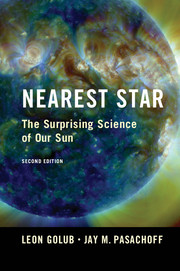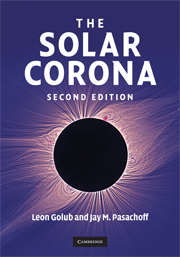Nearest Star
How did the Sun evolve, and what will it become? What is the origin of its light and heat? How does solar activity affect the atmospheric conditions that make life on Earth possible? These are the questions at the heart of solar physics, and at the core of this book. The Sun is the only star near enough to study in sufficient detail to provide rigorous tests of our theories and to help us understand the more distant and exotic objects throughout the cosmos. Having observed the Sun using both ground-based and spaceborne instruments, the authors bring their extensive personal experience to this story revealing what we have discovered about phenomena from eclipses to neutrinos, space weather, and global warming. This Second Edition is updated throughout, and features results from the current spacecraft that are aloft, especially NASA's Solar Dynamics Observatory, for which one of the authors designed some the telescopes.
- Two experienced solar astronomers provide the latest information from ground-based observations and from the current fleet of NASA (and other) spacecraft
- This second edition is updated throughout, and contains results from the current spacecraft that are aloft, especially NASA's Solar Dynamics Observatory, for which one of the authors designed telescopes
- Exciting, brand new photos from space
Reviews & endorsements
"… a carefully composed, very readable account … I would recommend this book to specialist and non-specialist alike as a fine, 'non-preachy', and concise account of the current state of knowledge of the workings of our local star, the Sun, and also of the instruments by which that information has been obtained."
The Observatory
"The book is very readable … [it was] quite difficult to put down once I started it, the pages seeming to turn with alarming frequency … a great read!"
Lyn Smith, Journal of the British Astronomical Association
Product details
February 2014Hardback
9781107052659
330 pages
235 × 156 × 22 mm
0.74kg
107 b/w illus. 16 colour illus. 1 map 2 tables
Available
Table of Contents
- Preface
- Acknowledgments
- 1. The Sun
- 2. The once and future Sun
- 3. What we see: the solar disk
- 4. What we don't see
- 5. Eclipses
- 6. Space missions
- 7. Between fire and ice
- 8. Space weather
- Bibliography
- Glossary
- Index.





